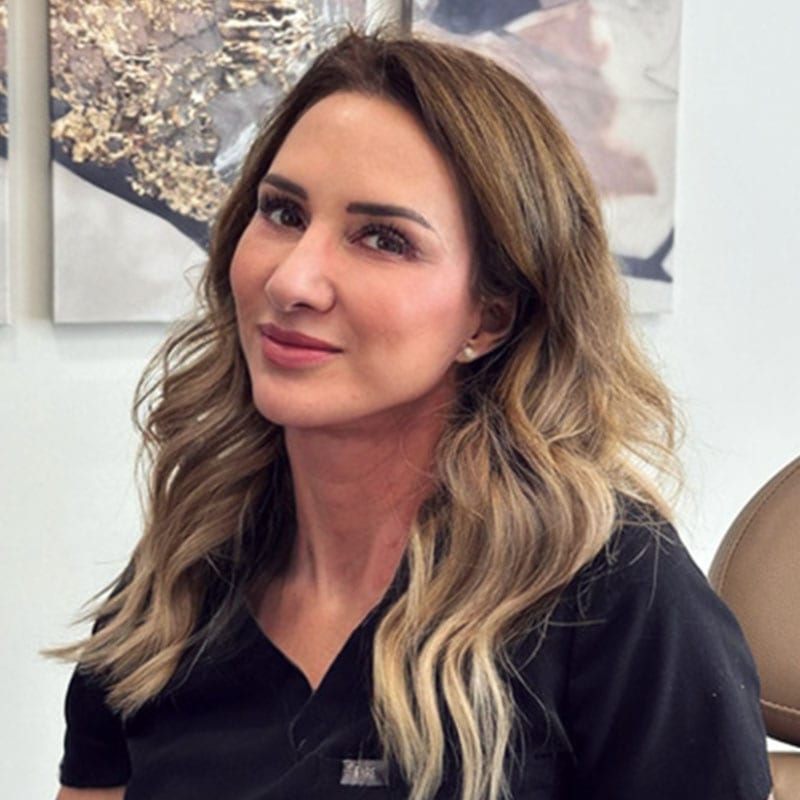Menu
- Articles & Interviews

Sheila Surdu: What Are Polydioxanone Threads, And When Should You Use It?
Sheila Surdu, RN has over 19 years of experience in plastic and reconstructive surgery and aesthetics. In fact, it was while working as an RN at a plastic surgery office where she became interested in shifting gears to get into aesthetics. She works at Moksha Aesthetics in Potamac, MD where she stays up to date on the latest procedures and techniques to deliver the best results for her patients.
Sheila is known for using facial mapping techniques to produce natural, rejuvenated appearances for patients. She’s especially enthused about the results using Polydioxanone threads. Sheila discussed what threads can and can’t do along with many of her other thoughts on trends in the industry.
What attracted you to aesthetics while you were working with a plastic surgeon?
Sheila Surdu: I was enthralled by the whole beauty industry. I love the fact you could keep people looking young and feeling their best as long as possible. I didn’t know much about the industry at first, but my eyes were pretty open when I started working for a plastic surgeon and injecting, using fillers, Botox and lasers. I absolutely fell in love with it.
What interests you about threads, especially Polydioxanone Threads? What attracts you to the procedure?
Sheila Surdu: I’ve seen threads come and go. The first time I used them was probably 15 years ago and it was a permanent structure back then that I didn’t like. About six years ago, I was working for a plastic surgeon and she wanted to learn how to do threads. She wanted to use me as a model. I was like, absolutely no. But then once I had them and I saw how they evolved, I realized how much the thread industry has changed.
The techniques we are using and the results we can achieve has made me just love them. It is one of the only things that allow us to reposition tissue immediately. None of us are saying it is a facelift. No one is saying we should use it instead of a facelift. But for people who don’t want to have a facelift, or at least don’t want to at this point, it is a good option.
You can use these threads in conjunction with other modalities, like heat-based devices to achieve better results. We’re finding really beautiful results with them. We are not saying it will last forever, but I tell my patients they can get at least a year out of them. And then if you add in other modalities, you can get longer lasting results.
I’ve personally had threads done and I know the limitations. But they are great options. There is a little aftercare involved and a little bit of discomfort. I think you just have to be upfront with people about what they are getting into and how to manage it afterward. We take care to make people comfortable and have them watch some videos. They might say oh my gosh that looks so scary. But during the procedure we make sure the patients are comfortable.
Shifting gears, do you see changes in what people expect from aesthetics?
Sheila Surdu: I think for a while things had gone really left of center in terms of how people were looking—very unnatural. I think we’re coming back a little bit. People are realizing there are limitations in what we can accomplish. It is fantastic we have all of these tools, but it is not going to fix everything. One of my biggest pet peeves is people coming in thinking it is super easy… you just throw all these fillers in somebody’s face. It isn’t that easy, and you can do damage.
What’s the impact of social media? Good or bad?
Sheila Surdu: I think both. I certainly have a love-hate relationship with social media. The good is that it can be really educational. We have so much more education than we had in 2005.
For me, it has helped me connect with a lot of people in the industry. If there is more community, we can talk to each other about complications or training. That’s been fantastic. But I can’t tell you how many people started showing me filtered photos. I’ve had people come in showing me pictures of Kim Kardashian asking if they can get how she looks with two syringes of filler. I’m like…absolutely not. That’s tens of thousands of surgery.
As we get older, we replace what we’ve lost, but with younger people who are trying to alter their appearances with fillers, that’s where I get concerned…. especially with really big cheeks or exaggerated lips. It can age them.
So social media is good because it raises awareness, but it can be frightening, too. Also, the number of followers someone has doesn’t always equate to how good their content is. A lot of people assume a person with a big following is an expert and educated and that might not be the case.
What’s your consultation strategy?
Sheila Surdu: People tell me I’m very honest and upfront. I don’t stand over my patients. I sit down and look them in the eye and ask them what brought them in. Being in the industry for a long time I have a lot of tools at my disposal. I can give them lots of options.
What about retention?
Sheila Surdu: At Moksha we have a pretty good history of retaining clients. I think it’s important that your injectors are well-educated and keep on top of all the current or changing techniques. We’ve got a good retention rate. We treat patients like they’re special and not just a number and that keeps them coming back. I am so grateful for my patients and I hope that translates into how I treat them.
Catch more interviews with industry experts by subscribing to The Weekly Filler. The Weekly Filler is a weekly medical aesthetics industry email dedicated to helping you build a safer and more profitable practice.
